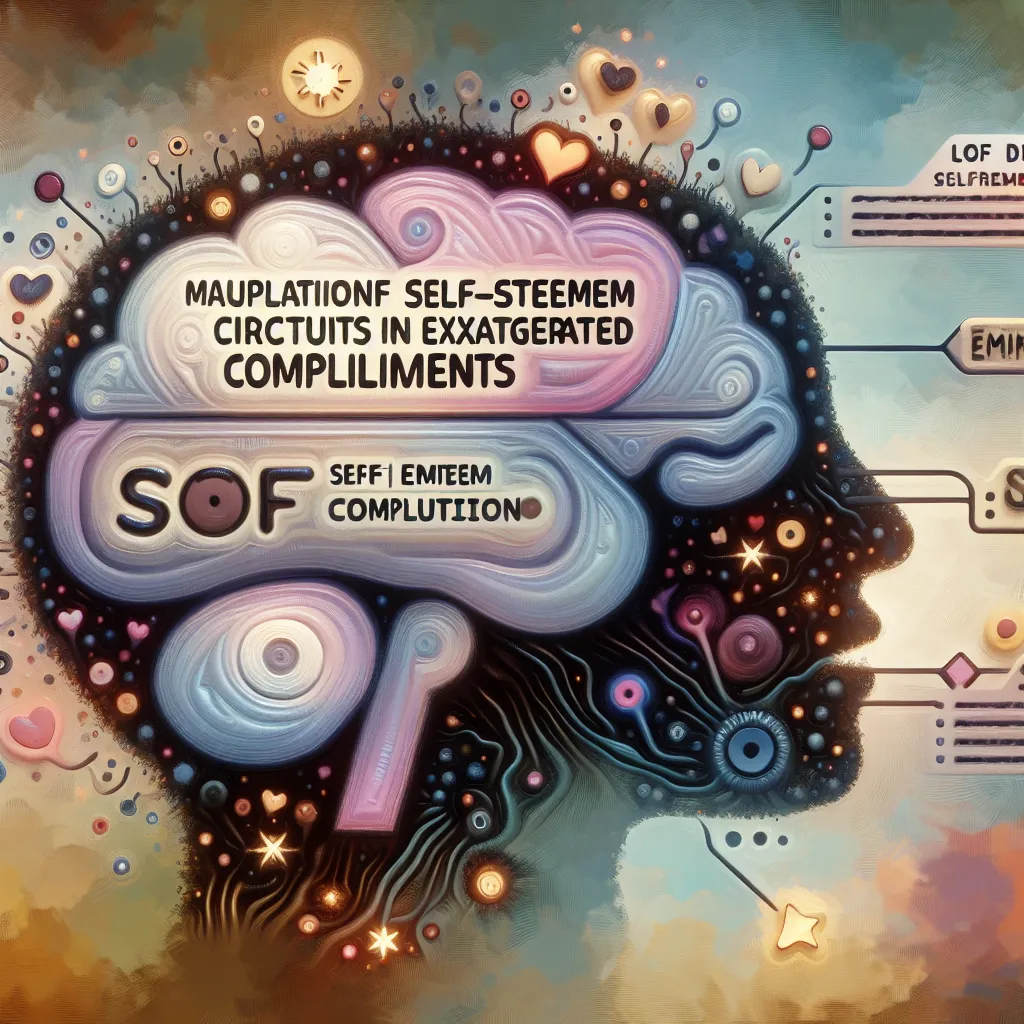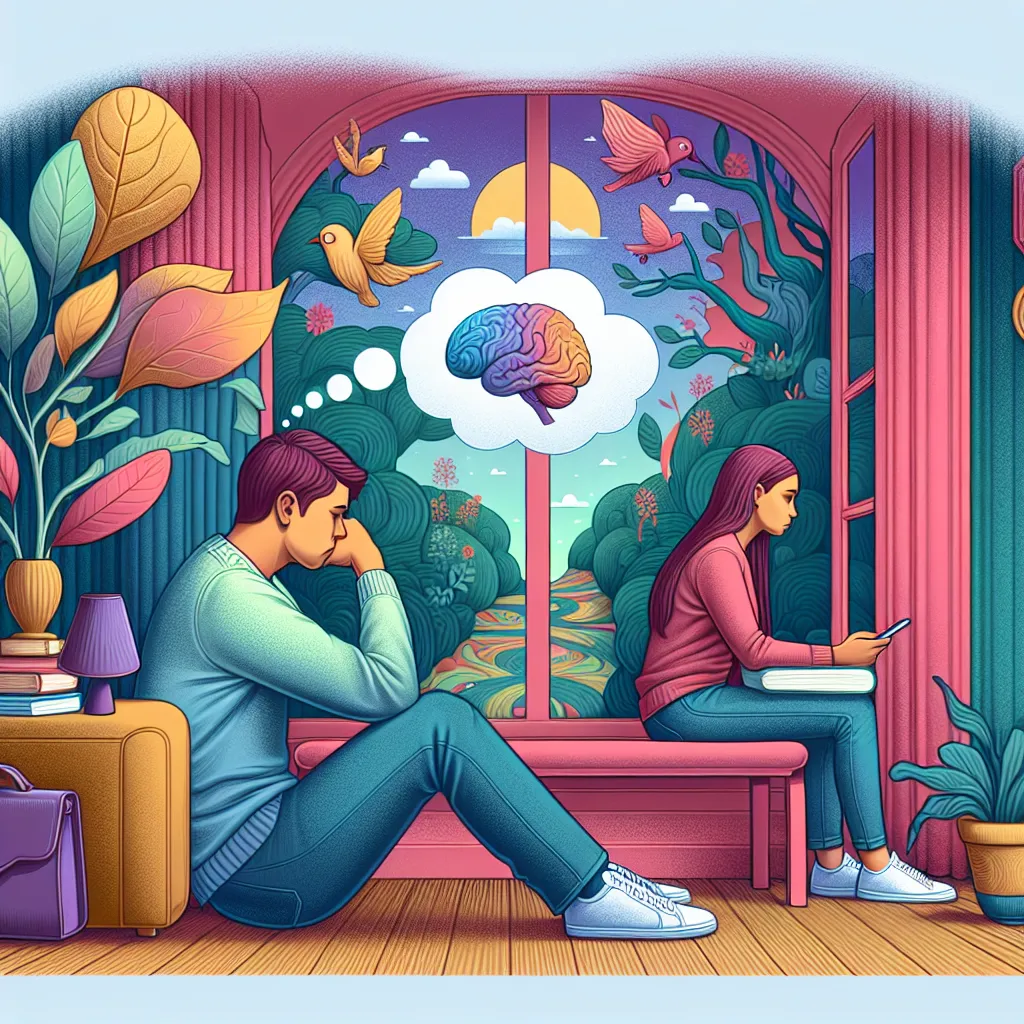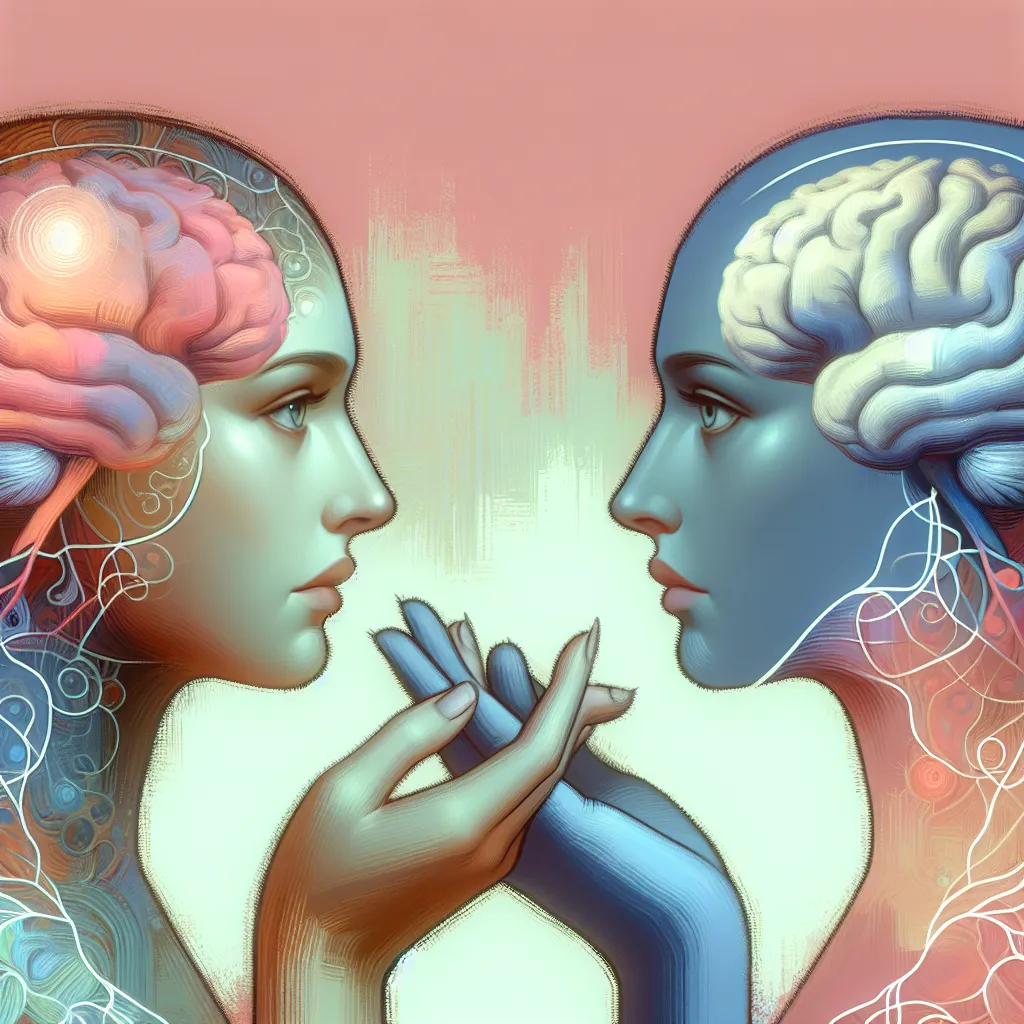Welcome, relationship enthusiasts! Today, we’re going to delve deep into an intriguing question about the complexities of human relationships: “How does a partner’s fake kindness trick the brain’s trust pathways?”
The Direct Answer
A partner’s fake kindness can deceive the brain’s trust pathways through the release of oxytocin, a hormone that promotes trust and bonding. This happens when a person perceives acts of kindness, even if they’re not genuine. Our brains are wired to respond positively to kindness, making it easy to overlook the authenticity of these acts. However, recognizing this manipulation is the first step towards healthier relationships.
Now, let’s explore the extensive evidence and details that support this answer:
1. The Science of Trust and Kindness
Understanding the science behind trust and kindness is crucial in answering our question. Biological mechanisms like hormonal responses play a significant role in how we perceive and react to our partners’ behaviors.
A. The Role of Oxytocin
Oxytocin, often referred to as the “love hormone,” is key in forming trust and bonding in relationships.
– Expert Perspectives: “Oxytocin plays a significant role in social bonding, sexual reproduction, and during and after childbirth,” says Paul J. Zak, a professor at Claremont Graduate University known for his research on oxytocin. Dr. Sue Carter, a biologist and behavioral neuroscientist, also notes that oxytocin can promote feelings of love, trust, and peace.
– Psychological Research: A study by Kosfeld et al., published in Nature, found that oxytocin increases trust in humans. This hormonal response can occur when we perceive acts of kindness, even if they’re not genuine.
– Real-World Examples: For instance, if a partner frequently presents acts of kindness (such as gifts, compliments, or help), it can trigger the release of oxytocin, making us feel loved and secure, even if these acts are insincere.
B. Cognitive Biases and Trust
Our cognitive biases also influence how we interpret our partner’s behaviors.
– Historical Context: Cognitive biases have evolved to help us make quick decisions without needing all the information, but they can lead us astray in complex social situations.
– Common Challenges: The “halo effect,” for example, can cause us to overlook red flags in a person we perceive as kind and trustworthy.
– Practical Applications: Recognizing our cognitive biases can help us make more informed decisions in our relationships.
C. The Power of Conditioning
The conditioning theory can also explain why we fall for fake kindness. If we consistently receive rewards (acts of kindness) after specific behaviors, we may associate these rewards with feelings of love and trust. This understanding could help us differentiate between genuine and fake kindness, thereby promoting healthier relationships.
2. The Dynamics of Fake Kindness
Now let’s delve into the dynamics of fake kindness and how it affects relationships.
A. What is Fake Kindness?
Fake kindness refers to acts of kindness performed with ulterior motives. These acts may be used to manipulate, control, or deceive others.
1. Distinguishing Genuine from Fake Kindness: Genuine kindness comes from a place of empathy and compassion, without expecting anything in return. Fake kindness, on the other hand, is often transactional.
2. The Role of Emotional Intelligence: Emotional intelligence can help us identify fake kindness. It involves understanding our emotions and those of others.
3. The Impact on Relationships: Fake kindness can damage relationships by creating an imbalance of power and fostering mistrust.
B. The Role of Manipulation
Manipulation is often at the core of fake kindness. Manipulative partners may use kindness as a tool to control or exploit their partners.
– Expert Perspectives: Dr. George Simon, a clinical psychologist, notes that manipulators often use kindness as a disguise, making it harder for their victims to recognize the manipulation.
– Psychological Research: A study by Jones and Paulhus found that manipulative individuals often display traits of superficial charm and insincity.
– Real-World Examples: For instance, a partner might use compliments and gifts to distract from unhealthy behaviors.
C. Recognizing Fake Kindness
Recognizing fake kindness is crucial for healthy relationships.
– Expert Advice: Relationship experts often recommend observing patterns over time. If a partner’s kindness seems inconsistent with their overall behavior or is always followed by demands, it could be a sign of manipulation.
– Practical Tips: Maintain open communication, seek outside perspectives, and trust your instincts. If something feels off, it’s essential to address it.
3. Building Healthy Trust in Relationships
Finally, let’s explore how we can build healthy trust in relationships.
A. Developing Emotional Intelligence
Emotional intelligence is a powerful tool for identifying fake kindness and building healthy relationships.
– The Role of Self-awareness: Being aware of our feelings helps us identify when we’re being manipulated.
– The Importance of Empathy: Understanding our partner’s feelings can help us differentiate between genuine and fake kindness.
– Practical Applications: Practicing mindfulness and empathy can enhance our emotional intelligence.
B. Encouraging Open Communication
Open communication is crucial in dealing with fake kindness.
– Expert Advice: Relationship counselors often recommend expressing concerns honestly and assertively when we suspect fake kindness.
– Practical Tips: Use “I” statements to express your feelings, listen to your partner’s response, and seek mutual understanding.
C. Seeking Professional Help
If you’re struggling with recognizing fake kindness or dealing with a manipulative partner, don’t hesitate to seek professional help. Relationship counselors and therapists can provide valuable insights and coping strategies.
4. Additional Context and Considerations
There are additional considerations when dealing with fake kindness in relationships.
- Cultural Factors: Different cultures have varying norms for expressing kindness, which can sometimes complicate the distinction between genuine and fake kindness.
- Personality Disorders: In some cases, fake kindness could be a sign of personality disorders like narcissism.
- Impact of Past Relationships: Our past relationships can influence how we perceive kindness and trust in our current relationship.
Conclusion: The Definitive Answer
Based on the evidence explored:
– The Role of Oxytocin: A partner’s fake kindness can trick the brain’s trust pathways by triggering the release of oxytocin.
– The Influence of Cognitive Biases and Conditioning: Our cognitive biases and conditioning can make us susceptible to fake kindness.
– The Importance of Emotional Intelligence and Open Communication: Emotional intelligence and open communication are key to recognizing fake kindness and building healthy relationships.
So, how does a partner’s fake kindness trick the brain’s trust pathways? By leveraging biological responses like oxytocin release and cognitive biases, while exploiting the power of conditioning. However, developing emotional intelligence, encouraging open communication, and seeking professional help can equip us to recognize and deal with fake kindness effectively.
Understanding this not only helps us navigate our personal relationships better but also promotes healthier interactions in our broader social lives. After all, the foundation of any relationship – be it personal or professional – rests on trust and authenticity.



